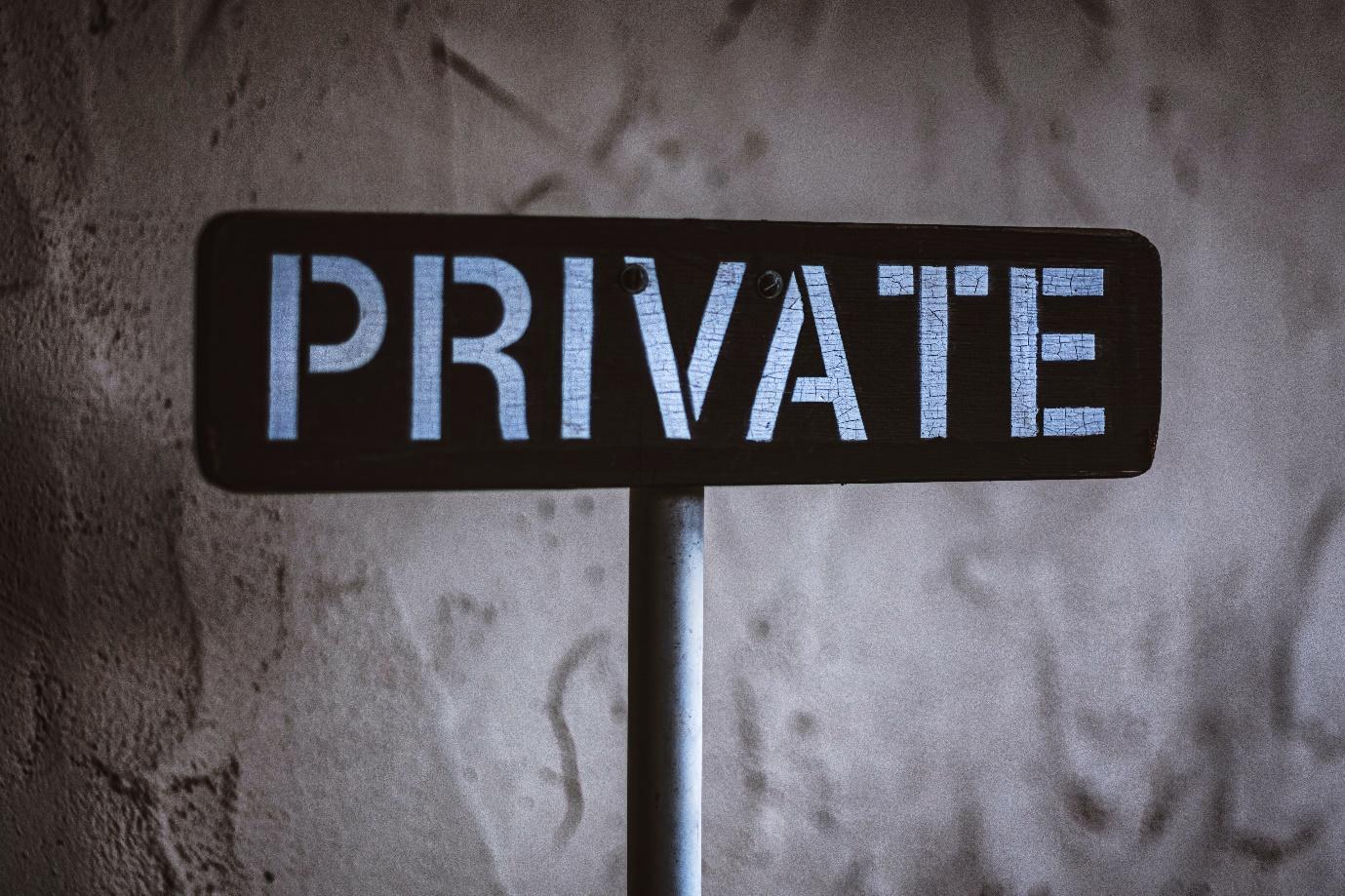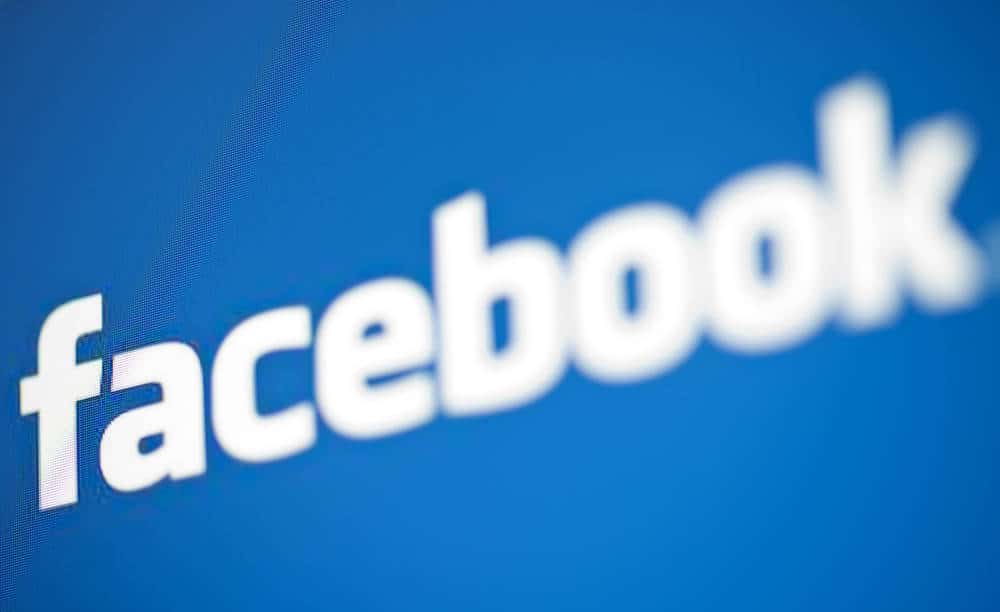Licensing electronic resources often requires a lot of skills—from acquiring the right resources to the right digital content licensing. Do you possess the right knowledge to handle the acquisition of electronic resources and other related digital content in your organization? If you are wondering what these issues include—they revolve around everything from understanding licensing language to negotiating licensing agreements and legally using licensed content.
This article will guide you in dealing with using licensed content on your website, and the rules surrounding sports betting apps, and other types of intellectual property. So, without further ado, let’s start debunking the common licensing myths and misconceptions.
Creative Commons Licenses
It appears that the phrase “Creative Commons” is everywhere on the web. So, what are Creative Commons?
A non-profit corporation, Creative Commons, put forward a list of clear and compelling licenses for content put on the web for the public. It is quite easy to understand the Creative Commons system. Generally, it talks about the procedure you will have to go through when determining how you want your content on the internet to be used by others. For instance, are you fine with your work being used commercially? Or, are you more interested in people modifying your work before using it? If yes, under what conditions?
Typically, your answers to these questions can be narrowed down to six licenses you can opt for to protect your content correctly.
- Attribution – Allow others to use your work for commercial purposes, but they should give you credit.
- Attribution No Derivatives – Permits redistribution, but your creation can’t be changed and should be passed along in whole and gives you credit.
- Attribution-Share Alike – Similar to the first license, others will have to license any derived work under the same terms.
- Attribution Non-Commercial Share Alike – Much like the previous license, others should give you credit under this category and license their new works under identical terms.
- Attribution Non-Commercial – Allow others to use your work the way they want to but only for non-commercial purposes.
- Attribution Non-Commercial No Derivatives – Permits redistribution but your creations shouldn’t be changed and must be passed along as a whole. Additionally, it should only be used for purposes, giving you credit.
Typically, how people choose to license their creations to make them available on the internet comes under these six licenses. Nonetheless, we think you should delve a little deeper into the history of how the Creative Common licenses came into practice. So, in the upcoming section, let’s take a brief look at the mighty GPL—so you know what further options you have for licensing your creations.

The GPL
Creative Commons was brought into existence partly due to the key player in public licenses: the Free Software Foundation and its influential GNU General Public License (GPL). The GPL wanted to solve the issue of developing appropriately certified “free” software. Nonetheless, the “free” here refers to freedom not being entirely monetary. Essentially, it is built on a set of conditions;
- The liberty to use a software solution for any purpose
- The liberty to tailor a software solution based on your requirements
- The liberty to share the software solutions with your friends and neighbors
- The liberty to share any alterations you make
Licensing your creations and allowing anyone to use them, change them, and share them might make you wonder why you require licenses in the first place. After all, you can create something and put it on the web and have people run for it.
But there are two specific issues with not licensing your work. The first reason is a bit philosophical—if everything were licensed freely across the globe, issues like arbitrarily limiting licenses on things you own like CDs, DVDs, and MP3s would exist. However, there exist this specific type of license called restrictive non-GPL licenses. So, in short, the GPL was something that was developed to achieve a particular mission, which is letting freedom ring in the world.
Now, the next problem of more real-world importance is how do you prevent someone from accessing your work, removing your name from it, and using it for illegal purposes. This is where GPL really comes in.
The sole aim behind GPL is self-circulation. When you license your work under the GPL, and if another person uses your work after altering it, the GPL sees the derivative product as something new and issues a license for it as well. GPL admirers might consider this a beneficial inheritance. Nonetheless, haters say that the GPL infects everything it touches.



